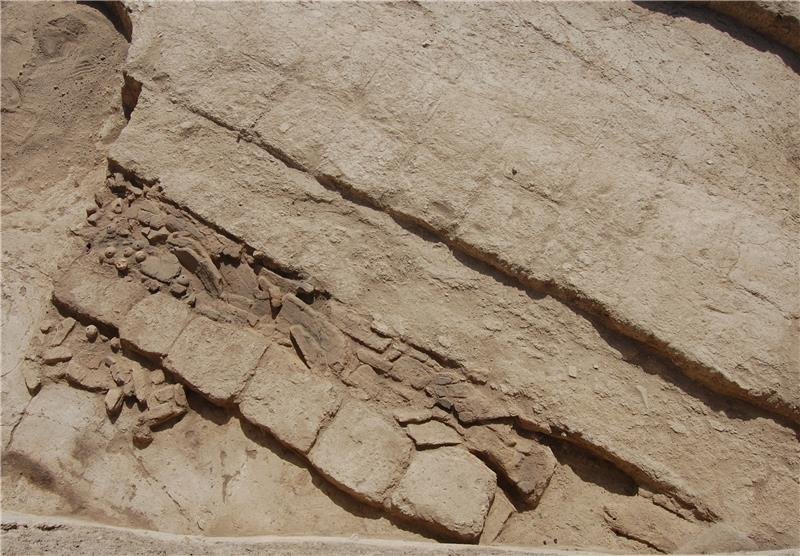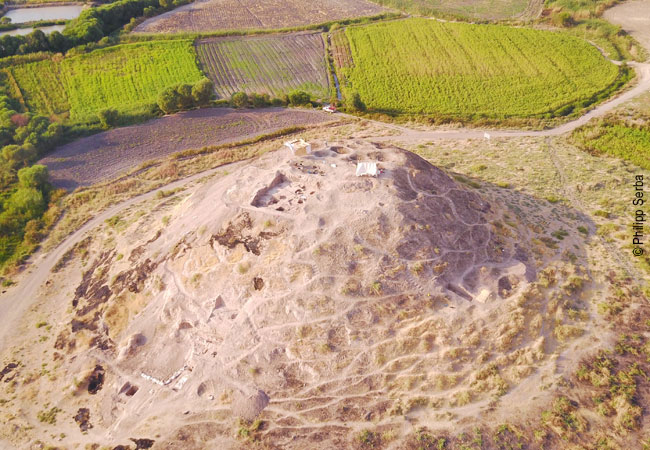The article below “Sassanian loom discovered in Northern Iraq” was published by Goethe University (November 6, 2017), the The Science Newsline Archaeology & Anthropology (November 6, 2017) and the World Cultural Heritage Voices (November 8, 2017).
===============================================================================
A team of Frankfurt-based archaeologists has returned from the Iraqi-Kurdish province of Sulaymaniyah with new findings. The discovery of a loom from the 5th to 6th century AD in particular caused a stir.
The group of Near Eastern archaeology undergraduates and doctoral students headed by Prof. Dirk Wicke of the Institute of Archaeology at Goethe University were in Northern Iraq for a total of six weeks. It was the second excavation campaign undertaken by the Frankfurt archaeologist to the approximately three-hectare site of Gird-î Qalrakh on the Shahrizor plain, where ruins from the Sassanian and Neo-Assyrian period had previously been uncovered. The region is still largely unexplored and has only gradually opened up for archaeological research since the fall of Saddam Hussein.

A view of the Sassanian site explored in northern Iraq (Source: World Cultural Heritage Voices).
The objective of the excavations on the top and slope sections of the settlement hill, some 26 meters high, was to provide as complete a sequence as possible for the region’s ceramic history. Understanding the progression in ceramics has long been a goal of research undertaken on the Shahrizor plain, a border plain of Mesopotamia with links to the ancient cultural regions of both Southern Iraq and Western Iran. These new insights will make it easier to categorize other archaeological finds chronologically. The excavation site is ideal for establishing the progression of ceramics, according to archaeology professor Dirk Wicke:
“It is a small site but it features a relatively tall hill in which we have found a complete sequence of ceramic shards. It seems likely that the hill was continuously inhabited from the early 3rd millennium BC through to the Islamic period.”

Aerial view of the site from the south showing the excavation areas on the summit and south-western slope as well as the small test pit on the south-eastern slope (Photo: Philipp Serba & Goethe University).
However, the archaeologists had not expected to find a Sassanian loom (ca. 4th-6th century AD), whose burnt remnants, and clay loom weights in particular, were found and documented in-situ. In addition to the charred remains, there were numerous seals, probably from rolls of fabric, which indicate that large-scale textile production took place at the site. From the neo-Assyrian period (ca. 9th-7th century BC), by contrast, a solid, stone-built, terraced wall was discovered, which points to major construction work having taken place at the site. It is possible that the ancient settlement was refortified and continued to be used in the early 1st millennium BC.



